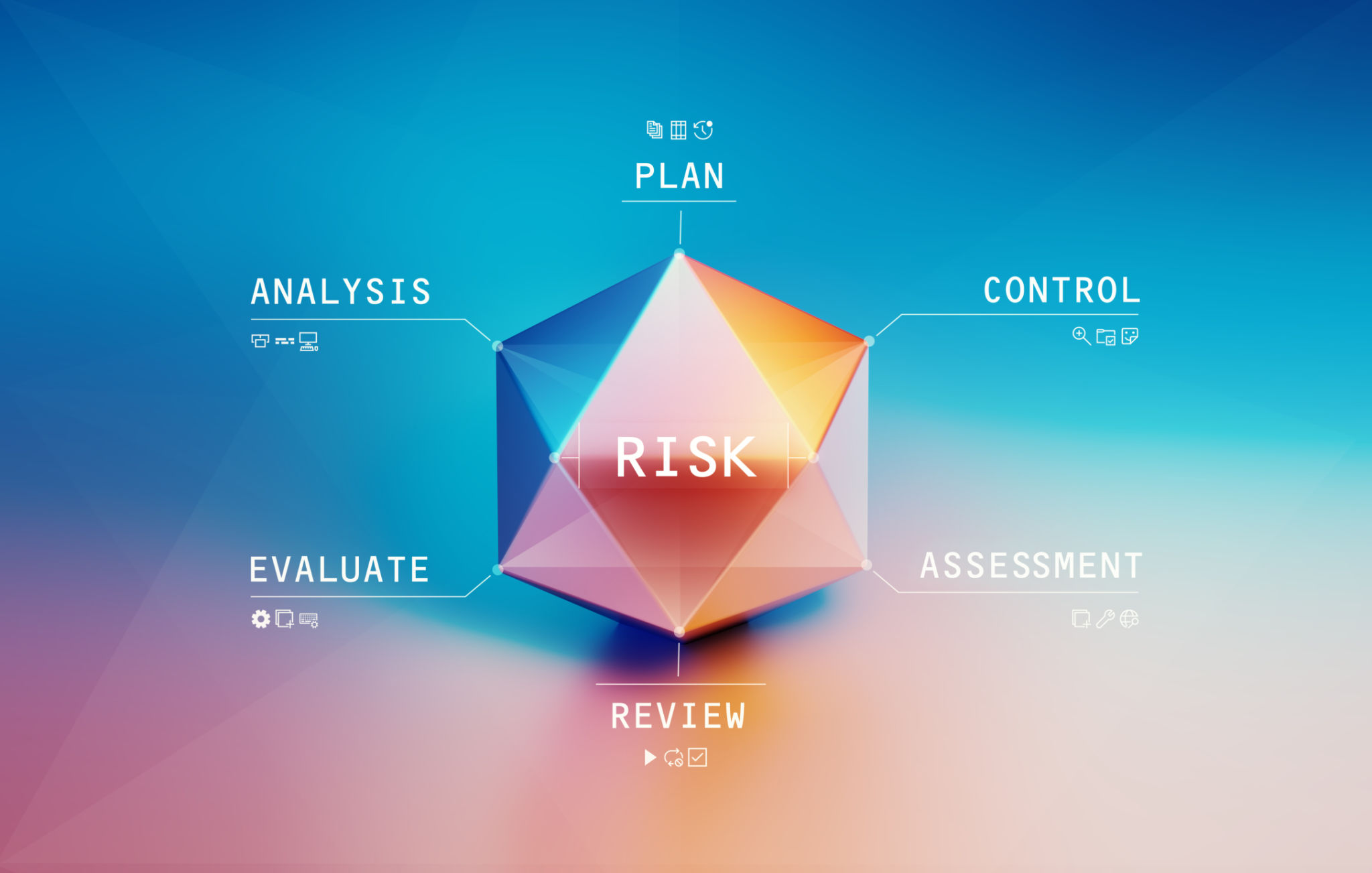The Role of Project Risk Assessment in Successful Project Execution
Understanding Project Risk Assessment
In the world of project management, risk assessment is a critical component that can make or break the success of a project. By systematically identifying and evaluating potential risks, project managers can develop strategies to mitigate these risks and increase the likelihood of project success. Understanding project risk assessment and its importance is fundamental for any team aiming for successful project execution.

Why Risk Assessment Matters
Risk assessment is crucial because it allows project teams to anticipate potential issues before they occur. This proactive approach helps in allocating resources efficiently and ensures that the team is prepared to tackle unforeseen challenges. Ignoring risk assessment can lead to project delays, budget overruns, and ultimately, project failure.
Moreover, risk assessment helps in setting realistic expectations. By understanding the potential risks, stakeholders can have a clearer view of what to expect from the project, thus fostering better communication and cooperation among all parties involved.
Steps in Conducting Risk Assessment
Conducting a thorough risk assessment involves several key steps:
- Risk Identification: This step involves brainstorming all possible risks that could impact the project. It is essential to consider both internal and external factors.
- Risk Analysis: Once identified, each risk should be analyzed to determine its potential impact and likelihood. This helps prioritize which risks need immediate attention.
- Risk Evaluation: In this phase, the identified risks are evaluated against the project’s objectives to assess their potential effect on the overall success.
- Risk Mitigation Strategies: Developing strategies to manage or mitigate risks is crucial. This could involve modifying project plans, allocating resources, or developing contingency plans.

Tools and Techniques for Effective Risk Assessment
There are various tools and techniques available for effective risk assessment. Some popular methods include SWOT analysis, risk matrices, and scenario analysis. These tools help in systematically evaluating risks and deciding on the best course of action.
Project management software also plays a significant role in risk assessment by providing platforms for tracking and managing risks throughout the project lifecycle. These tools offer real-time data analytics that help teams stay updated on potential risks.
Integrating Risk Assessment in Project Execution
The integration of risk assessment into project execution ensures that risk management becomes an ongoing process rather than a one-time activity. It involves continuously monitoring risks and adjusting strategies as needed. This dynamic approach allows teams to adapt quickly to changing circumstances, ensuring that projects remain on track.

Moreover, regular communication among team members about potential risks fosters a culture of transparency and accountability. It encourages team members to voice concerns and contribute ideas for risk mitigation, ultimately leading to more innovative solutions.
The Benefits of Effective Risk Management
Effective risk management offers numerous benefits, including improved decision-making, enhanced team collaboration, and increased stakeholder confidence. By proactively addressing risks, projects are more likely to stay within budget and timeline constraints, thereby increasing their chances of success.
Additionally, effective risk management contributes to organizational learning by documenting past risks and their outcomes. This knowledge can be leveraged for future projects, further enhancing the organization's ability to manage projects successfully.
In conclusion, project risk assessment is an indispensable part of successful project execution. By understanding its importance and integrating it into every stage of the project lifecycle, teams can navigate challenges more effectively and achieve their project goals with greater certainty.